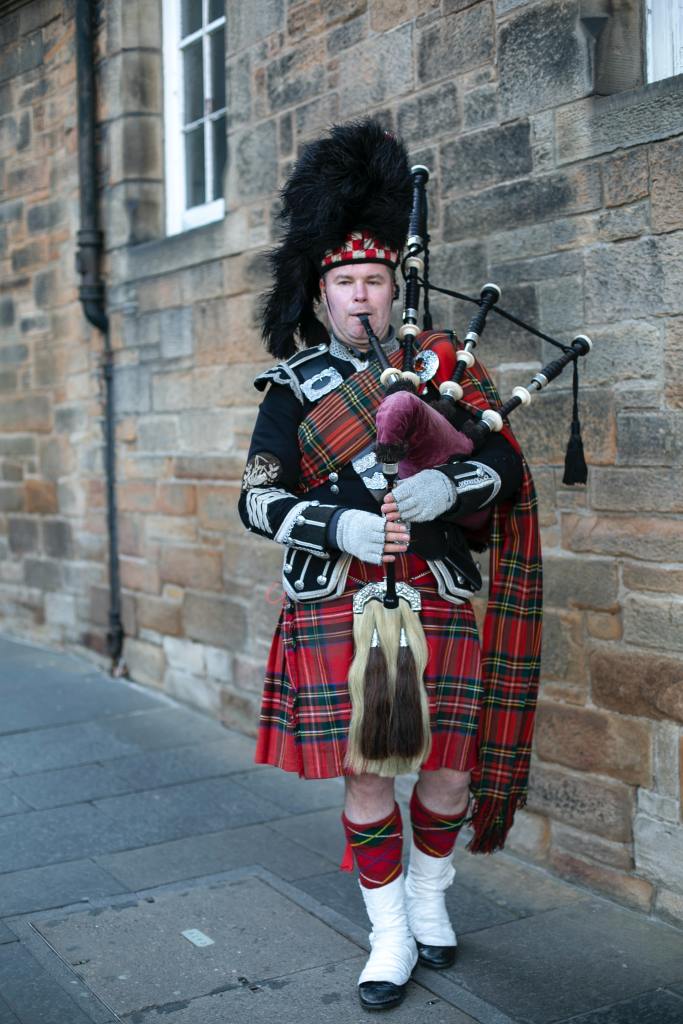If you have spent much time on social media on Monday 25th of January, you may have been a little confused. What is Burns’ Day? Why is everyone eating haggis? What are neeps and tatties? Are Robert Burns and Rabbie Burns brothers? Hopefully the following can answer some of your questions, and you can impress your family and friends with your knowledge about Scotland!
Who was Robert Burns?
Robert Burns, affectionately known as Rabbie, is Scotland’s national poet. He was born on January 25th 1759, and all these years later, Scots around the world celebrate his life and work on his birthday. Burns wrote poetry that explored topics such as love, friendship, and heartache. His poetry could be humorous, or emotive, or joyful, and to this day it is recited with fondness.
You may have heard Robert Burns’ work without even realizing it. His poem Auld Lang Syne, which celebrates friendship, is sung around the world on New Years Eve.

What is a Burns Supper?
Five years after his death, friends of Robert Burns held a supper to commemorate his life. The tradition started there in 1801, and has continued ever since. The night (in traditional, non-pandemic times) begins with a bagpiper greeting the guests, and then the host welcomes everyone. The Selkirk Grace is then said, which is a short thanksgiving.
“Some hae meat an canna eat,
And some wad eat that want it;
But we hae meat, and we can eat,
And sae the Lord be thankit.”
The Selkirk Grace, as with all of Burns’ poetry, is written in Scots, and translates to “Some have meat and cannot eat, // And some cannot eat that want it: // But we have meat, and we can eat, // And so the Lord be thanked.”

After thanks is given, the haggis is then piped in, and “Address to a Haggis” is read out. This is exactly what the title of the poem sounds like – it is a dedication and appreciation of the haggis that is presented. The address can be the highlight of the night – it ends with the dramatic act of stabbing the haggis. I would recommend googling some videos, as it’s difficult to convey the performance adequately over text!

After the haggis is suitably appreciated, thanked, and stabbed, supper begins, which tends to be a traditional Scottish meal of haggis, neeps (turnips) and tatties (potatoes). A few toasts are given throughout, one entitled An address to the Lassies, which elicits the Reply to the Laddies, and often some of Burns’ work is recited for the enjoyment of the guests.

Ambassador Callie celebrates Burns night washed down with Irn Bru – arguably Scotland’s national drink 
Visiting students enjoying Burns night!
After some dessert (usually Scottish cranachan, for some paired with whisky), guests are invited to stand and join in with a rendition of Auld Lang Syne to end the night.

Why is Robert Burns so important to Scotland?
The work of Robert Burns is important to Scots for a number of reasons. He was a man of the people, and was therefore able to write about topics that everyone can still relate to to this day. Additionally, he wrote in Scots. While it might be tempting to assume that everyone spoke in Scots sonnets back in the days of Robert Burns, just as it is tempting to assume people alive during Shakespearian times spoke in Shakespeare’s voice, the truth is that it was not common to write like this, even back in the 1700’s. Writers nowadays are inspired by his work, and through Robert Burns’ poems we are still exposed to Scots. You may be wondering what Scots actually is- contrary to the opinion of some, it is not just a derivative of English, but is instead recognised as an indigenous language to Scotland. Great pride is taken in speaking Scots nowadays, because in the past it has been wrongly dubbed as slang. Previous scholars even tried to take Scots out of their work, but now people recognise Scots as a distinct language, and understand the value of being able to code-switch (change between languages with ease in conversations).
What even is haggis?!
A haggis is a small wild creature that runs around in circles in the Scottish highlands. It is unable to change its course of direction because of its uneven legs …
… google it if you don’t believe me!

Leave a comment